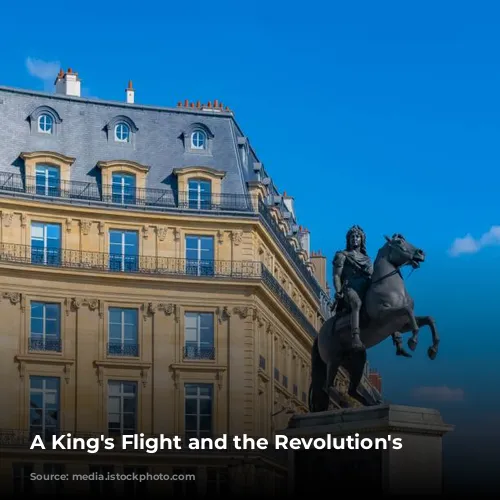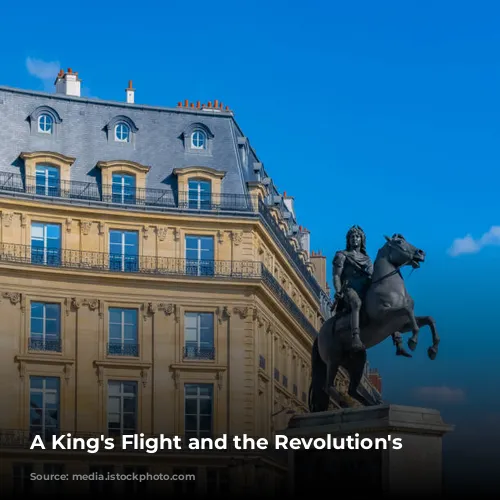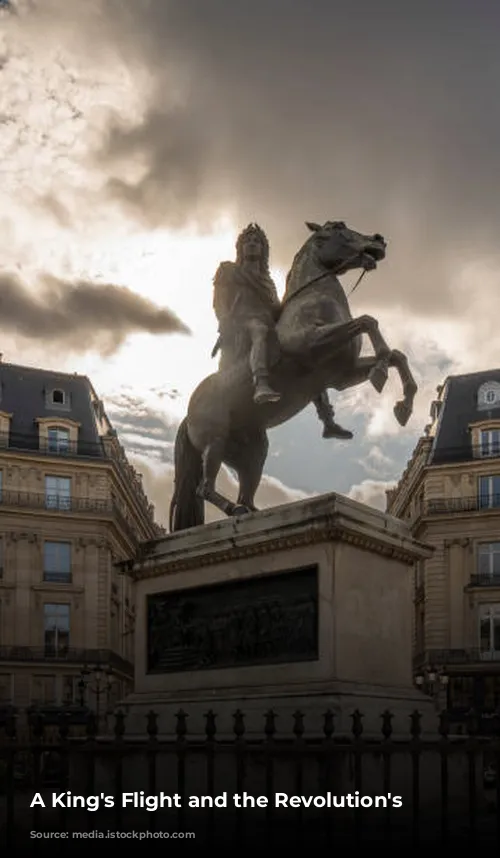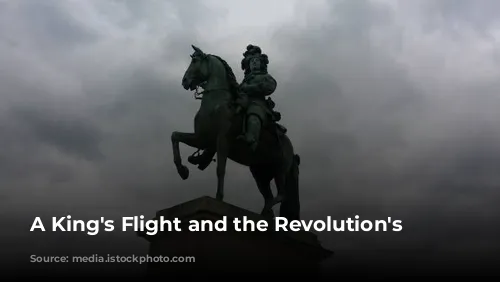The French Revolution was a tumultuous period of change, marked by radical ideas and political upheaval. In the spring of 1791, King Louis XVI, along with his family, had been confined to the Tuileries Palace for over a year. The king, appalled by the increasing radicalism of the revolution, particularly its opposition to the Church, decided to escape from the city.
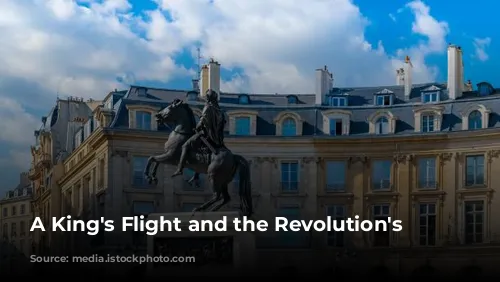
A Desperate Escape Plan
The king’s plan to flee was carefully crafted by Count Axel von Fersen, a Swedish nobleman and close friend of Queen Marie Antoinette. Their goal was to reach Montmedy, a fortress near the German border, where loyalist troops were stationed. The escape was a daring endeavor, involving coaches, secret routes, and false identities. Despite several setbacks, the royal entourage made it within 30 kilometers of their destination before being recognized by a local postmaster.
The king’s capture at Varennes was a turning point in the revolution. His attempt to flee exposed his lack of commitment to the new order and shattered the fragile trust that had existed between him and the revolutionaries. The “Flight to Varennes,” as it became known, sealed the fate of the French monarchy.
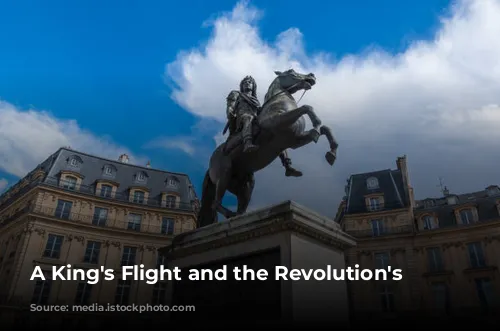
Mirabeau’s Influence
The king’s decision to flee was influenced by several factors, including the advice of Honore Mirabeau, a prominent political figure at the time. Mirabeau, though initially perceived as a radical, was a staunch royalist at heart. He believed a strong monarchy, albeit with some constitutional limitations, was essential for France’s stability.
Mirabeau, a master of political maneuvering, became a virtual double agent working behind the scenes for the king. He advised Louis to relocate to a provincial city, where he could rally support and lead a national revolution. This strategy, however, backfired, as it reinforced the revolutionaries’ perception of the king as a treacherous enemy.
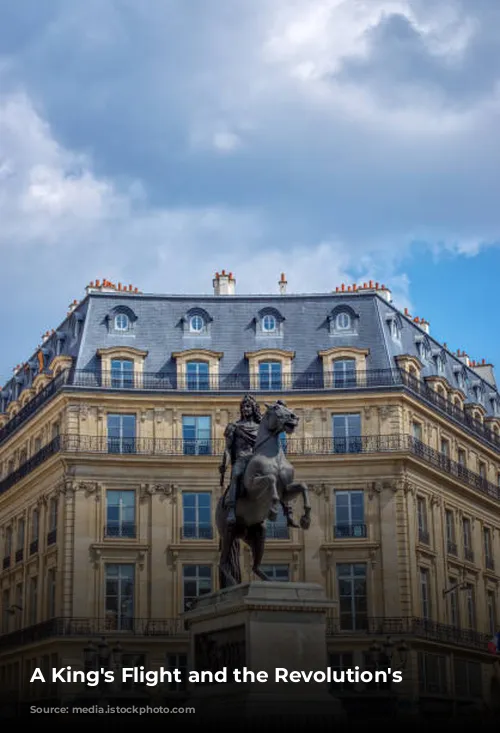
The King’s Faith and the Clergy
Another significant factor contributing to the king’s desire to leave Paris was his deep religious faith. The Civil Constitution of the Clergy, passed by the Assembly, had caused great distress to Louis. He refused to endorse a law that he believed undermined the Church’s authority.
The king’s devoutness led to him attending Mass only at a small chapel in the Louvre, avoiding churches where priests had sworn loyalty to the new constitution. His refusal to conform further alienated him from the revolutionaries, who saw his actions as a defiance of their authority.
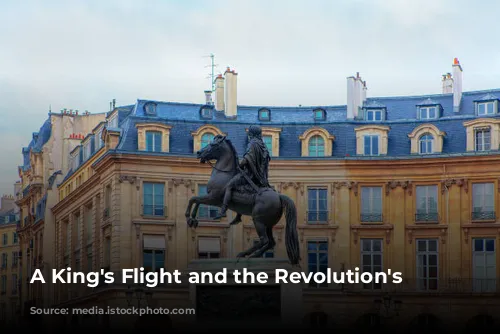
A Doomed Escape
The king’s escape plan, orchestrated by Fersen, was a complex endeavor. It involved a series of elaborate steps, including disguises, secret passages, and a network of loyal supporters. However, the plan was plagued by mishaps, delays, and ultimately, betrayal.
Despite the king’s best efforts, his escape was thwarted by a combination of bad luck and the vigilance of the revolutionaries. He was recognized at Varennes, captured, and returned to Paris under heavy guard. The failed attempt to escape sealed the king’s fate and paved the way for a more radical phase of the revolution.

The Aftermath
The Flight to Varennes was a major turning point in the French Revolution. It deepened the chasm between the monarchy and the revolutionaries and fueled the growing desire for a republic. The king, once seen as a symbol of unity, was now viewed as a traitor, a figure who had betrayed the nation.
The king’s escape attempt had irrevocably altered the course of history, ushering in a new era of political instability and violence. The French monarchy, once a symbol of power and tradition, was on the verge of collapse, and the revolution was entering a dangerous new phase.

